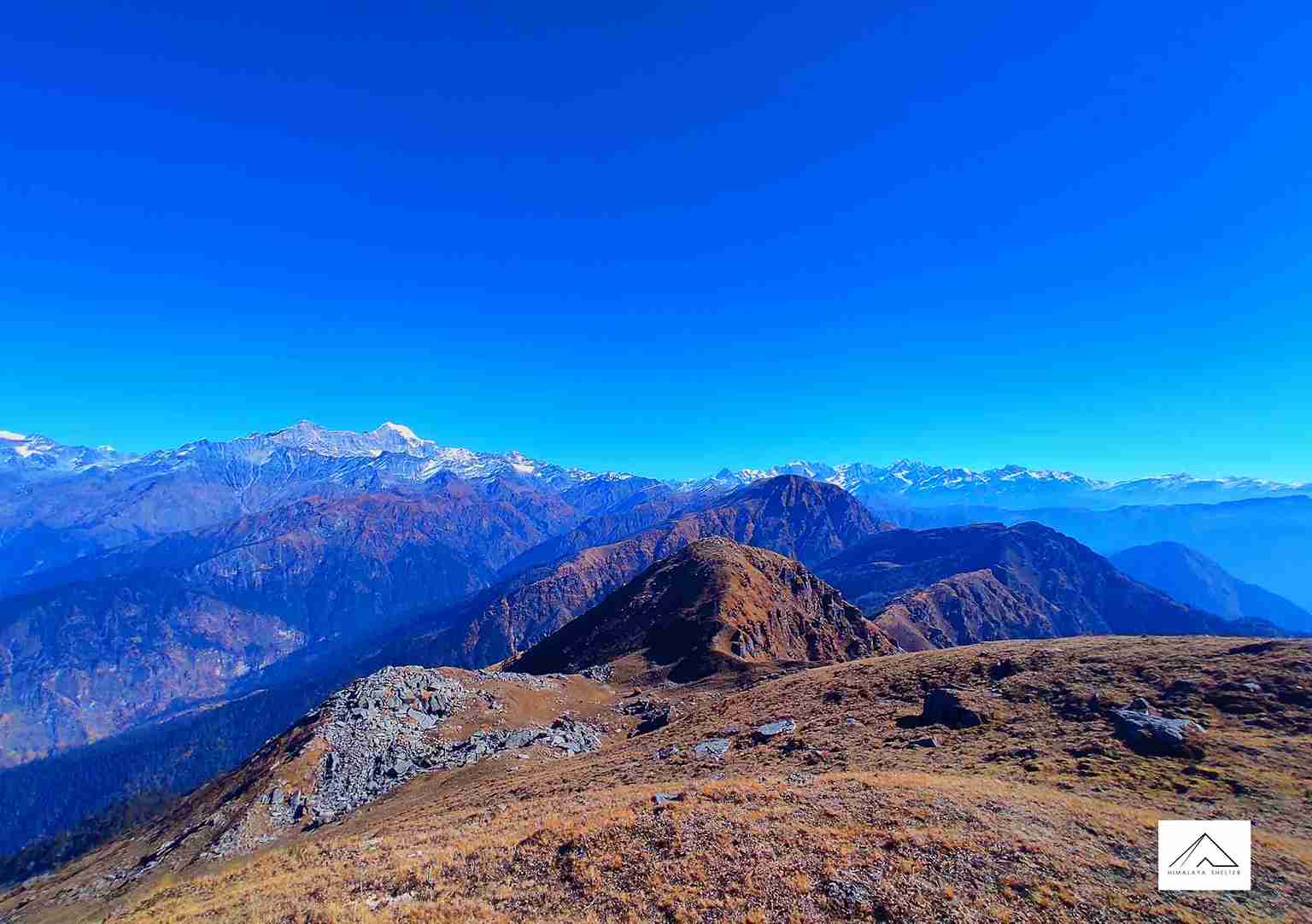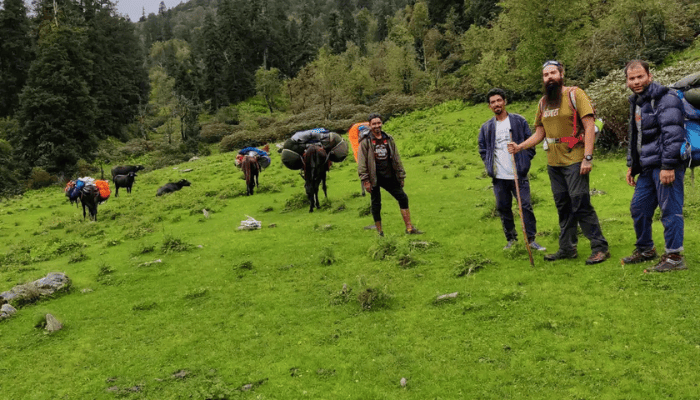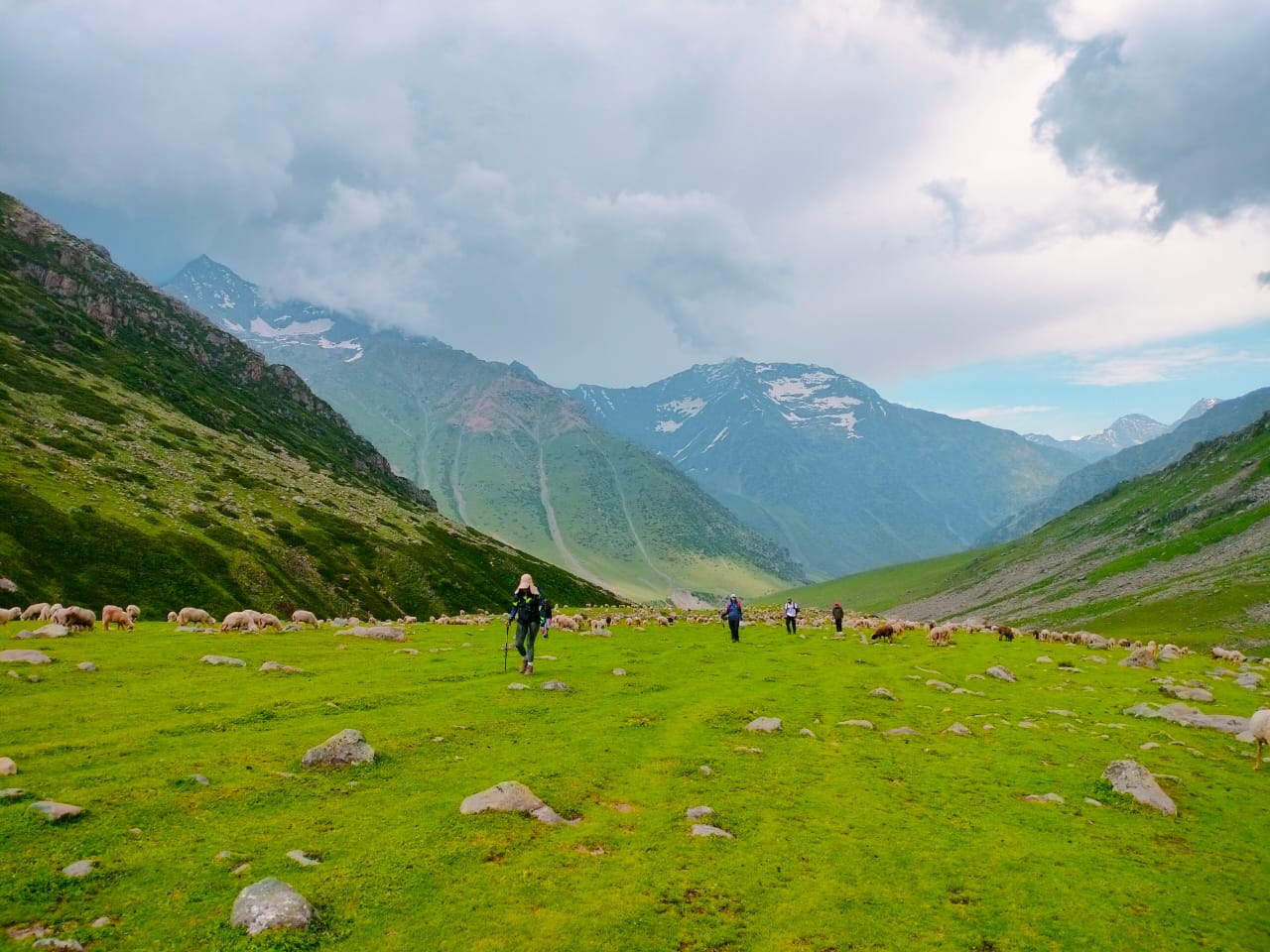
Top 5 8000 meters Peaks : This is every climber’s dream if ever one is dreamed, and I hope it is still dreamable.
Alpine mountaineering is a strenuous and exciting sport that attracts climbers from different parts of the world to compete against the harsh terrains of the globe’s highest mountains, especially at “8000 Meter Peaks”. Such a magnetism of the 8000-metre peaks remains beyond any argument, considering that these are the world’s highest mountains. These are not only stunning behemoths capable of providing marvellous views but also real challenges requiring not only mastery of your craft but also a great deal of patience and perseverance. Here, we go through the five general 8000 Meter Peaks with their specific achievements and difficulties.
1. Mountain Everest (8848 Meter) – The Great achievements of mankind

Naturally, it is an honour to list the highest mountain in the entire world; Mount Everest holds this prestigious title with a height of 8,848 meters or 29,029 feet above sea level. The Everest base camp is in the southeastern part of Nepal and lies at the border of Nepal and the Tibet Autonomous Region of China, and it is the dream and final destination of every mountaineer.
History and First Ascent: Then a New Zealander Sir Edmund Hillary and a Sherpa of Nepal Tenzing Norgay first stood on the summit on 29th May 1953. It was a great milestone in the society and the history of mountaineering.
Routes and Challenges: These are the Southeast Ridge approach from Nepal and the North Ridge approach from Tibet. The one Hillary and Norgay used, which is known as the Southeast Ridge is the one offering the actual challenge with slightly less risk than the other one. In the mountains, weather becomes extremely harsh, winds are stiff and the notorious section known as the Khumbu ice fall is a moving ice fall with large crevasses.
Cultural Significance: Sagarmatha in Nepali and Chomolungma in Tibetan, is a culturally, spiritually, and religiously sacred mountain to the Buddhist-sherpa community of Nepal and Tibet. this is the highest of 8000 Meter Peaks.
2. K2 is the second highest peak in the world with a height of 8,611 meters and is known as ‘‘The Savage Mountain’.

K2 or Mount Godwin-Austen is the second tallest mountain in the world and is 8611 meters or 28251 feet high. Indeed, it is situated in the Karakoram Range and is found on the border between Pakistan and China.
History and First Ascent: K2 was finally climbed on July 31 1954 by an Italian expedition party comprising Lino Lacedelli and Achille Compagnioni. The mountain is technically very challenging and thus ranks very high in terms of the mortality rate among the 8000ers.
Routes and Challenges: The Abruzzi Spur is the most frequently taken, but all the tracks in K2 are somewhat hard. rock faces and ice fields, and variable weather conditions. In such a natural formation K2 has an appropriate title of The Savage Mountain because of its harsh climate.
Notable Ascents: Nevertheless, K2 has become one of the popular places for climbing for which many climbers have lost their lives. However, it still is a challenge to this date and to this date, many climbers have perished in the process aiming at climbing this mountain.
3. Kanchenjunga means Five Treasures of Snow and stands at 8,586 meters corroborating this.

Kanchenjunga stands at third position in the list of world’s highest mountains, its elevation standing at 8,586 meters/28,169ft. It resides at the border of Nepal and the small region of Sikkim within India; in the eyes of the local populace, it is a sacred peak.
History and First Ascent: Kanchenjunga was first climbed on May 25, 1955, by a British Team headed by Joe Brown and George Band. Hence, most climbers including the elderly did not step up to avoid violating the perception of the native people.
Routes and Challenges: It is concluded that Southwest Face is the best choice for climbing which one of the main keys is described in the next point. While rock and ice climbing, the climbers are exposed to meeting avalanches, unfavourable climate conditions, and technical rock, and ice climbing. Cue on the fact that the setting is on a mountain it has challenges in getting to the location and in enacting some shots.
Cultural Significance: The name of the mountain in the local language was Kanchenjunga which is a translation of ‘The Five Treasures of Snow’ indicating the five individual summits of the mountain. It is propitiated as the guardian of Sikkim and the people of the state did not attempt to conquer the mountains to assert its sovereignty.
4. Lhotse (8. 516 m) – The South Face Challenge

Lhotse translates to ‘South Peak’; it lies right south of Mount Everest and stands at 8516 meters or 27940 feet and is connected to, Mount Everest by the South Col.
History and First Ascent: Lhotse was achieved on the last of May in the year 1956 by two Swiss alpine climbers namely Ernst Reiss and Fritz Luchsinger. This mountain is usually occasionally done in tandem with Mount Everest because of the latter’s nearness.
Routes and Challenges: In this case, the most popular approach is called Lhotse Face which is a steep icy slope. The South Face of Lhotse is considered to be one of the most technical faced in the Himalayan Region with rock and ice falling possibilities. Ascending climbers also use common base camps like the ones used for climbers intending to conquer Mount Everest.
Notable Features: Lhotse, while technically the fourth highest peak on earth, has its main summit eclipsed by the great Mount Everest, the South Face of Lhotse is one of the most demanding climbers in the world. The route up Lhotse requires technical move climbing especially via the Lhotse Couloir, a sharp curved hueco narrow shaped passage to the top.
5. The world’s 5th highest mountain Makalu with a height of 8485 meters is known as the Isolated giant.

The Makalu, the world’s fifth highest mountain is situated at an altitude of 8485 meters or 21728 feet in the Mahalangur range east of the Khumbu region in Nepal and Baxter base in China.
History and First Ascent: Makalu finally ascended for the first time to the French expedition party on the 15th of May in 1955 headed by Jean Couzy and Lionel Terray. Due to its location and the pyramid shape, it is one of those that stand out on the Himalayan range.
Routes and Challenges: As for the most popular route, the most commonly used is the Northwest Ridge. With regards to technical difficulties, Makalu has sharp ridges, steep snow slopes more on technical difficulty. The remoteness also plays a role because many of the climbers have to hike for long periods and opportunities for rescue are quite limited.
Notable Ascents: It’s difficult topography& has acted like a magnet to pull many amateur climbers in Makalu. Its second highest point Makalu II is 7,678 meters and climbers of the main peak include the Makalu II.
Conclusion:
The eight thousand are the highest and the most complex climbing or skiing adventures and all of them are different. The climb on these giants demands physical strength, technical ability, and psychological strength. There are risks, but the benefits are also colossal; the number of people committed because they managed to conquer a certain peak is priceless with unique emotions and feelings of victory. Whether it is the highest mountain in the world – Everest, the second most dangerous mountain K2, the holy mountain Kanchenjunga, the sheer angular mountain Lhotse, or the magnificent and solitary peak Makalu all these mountains still push people to the edge of possibilities.
The eight thousand are the highest and the most complex climbing or skiing adventures and all of them are different. The climb on these giants demands physical strength, technical ability, and psychological strength. There are risks, but the benefits are also colossal; the number of people committed because they managed to conquer a certain peak is priceless with unique emotions and feelings of victory. Whether it is the highest mountain in the world – Everest, the second most dangerous mountain K2, the holy mountain Kanchenjunga, the sheer angular mountain Lhotse, or the magnificent and solitary peak Makalu all these mountains still push people to the edge of possibilities.
Contact Details:
Himalaya Shelter organizes customized trekking programs for Winter treks, Summer treks, Monsoon treks, High mountain passes treks, Glacier treks, Cultural Exploration treks, and many others. With Himalaya Shelter, you can expect to get the best trekking experience by trekking with trained trek leaders, getting excellent quality equipment, and enjoying delicious meals while savouring the beauty of Mother Nature. For more details Contact Us on…
Contact No: +91 9458386006
Email ID: info@himalayashelter.com
In Himalaya Shelter, we provide you with the option to customize your trekking experience. Whether you’re a solo traveller, a group of friends, or a family, you can opt for our personalized tailor-made trekking program. This customized trek will be exclusively designed for you, taking into account your specific requirements for transportation, accommodation, meals, and any other premium facilities you may need during the trek. No other participants will be added to your group. Choosing a customized trek will enable you to fully enjoy the trek with your loved ones.
About Author

Himalaya Shelter
Recent news

07 Jan 2026

06 Jan 2026

03 Jan 2026
Recommended Treks

Cost: ₹38000 | $438
Type: Moderate - Difficult
Best Time: May-June and September-October

Cost: ₹35000 | $405
Type: Moderate - Difficult
Best Time: July | August | September

Cost: ₹96000 | $1097
Type: Difficult
Best Time: May to June and September to October



Cost: ₹140000 | $1599
Type: Difficult
Best Time: April to June and September to October

